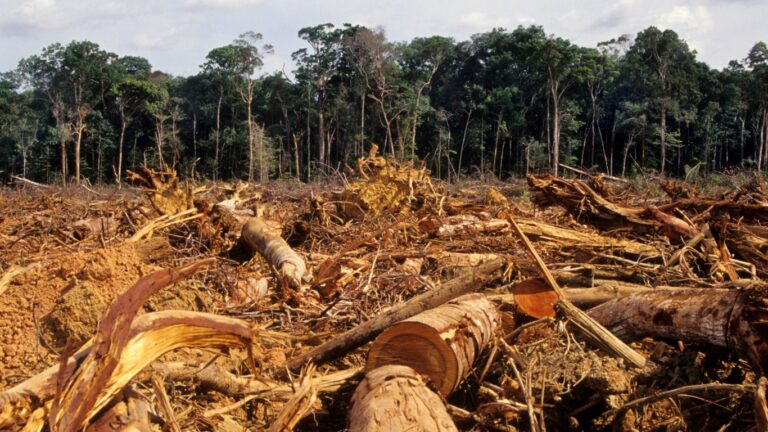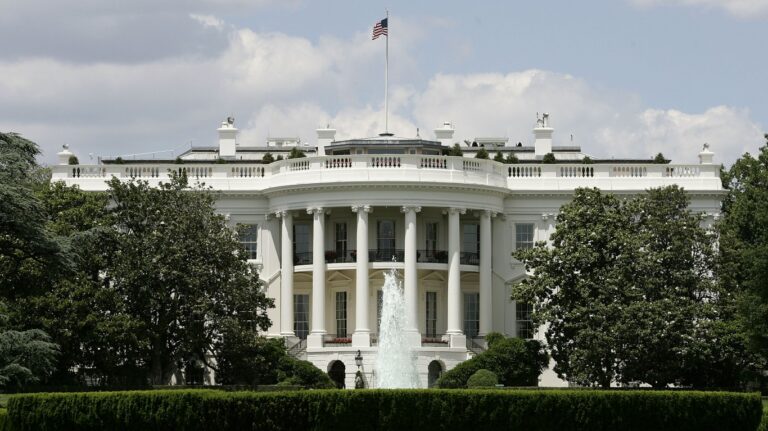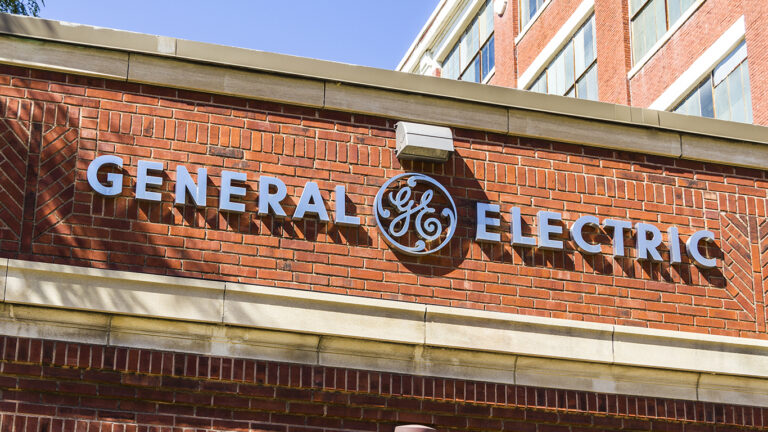North America’s 150 Million Wood Utility Pools

Hawaiian Electric Co. management says the utility has 60,000 wood poles in its service area. It appears a small number of these are located in the geographic location of the Maui fires. PBS reports many of the utility’s poles do not measure up to “an obsolete 1960s standard”, according to records from Hawaiian Electric documents.
The wood pole problem is not just an issue in Hawaii. There are as many as 150 million wood utility poles in North America. Some of the poles in this system are a century old. These poles are supposed to last 50 years if they are well-maintained and properly prepared before being put into use. However, they can be damaged by storms, insects, rodents, and birds. Many are not rated to handle hurricane-force winds. Older poles pose a greater wildfire ignition risk. This is particularly true because the wires between these poles are often uninsulated.
Another factor in the Maui fires was dry vegetation caused by drought. These conditions are now commonplace throughout much of the US. The risk of wildfires is exceptionally high in areas that are affected by extreme drought, as measured by the Drought Monitor.
The relationship between drought and wildfires is well established. The Forest Service of The U.S. Department of Agriculture has extensively surveyed the problem. One of the conclusions of its recent “A review of the relationships between drought and forest fire in the United States” is that “forest fire occurrence and area clearly increasing in response to drought.”
Moody’s recently put the economic cost of the Maui fires at $4 billion. It seems complicated to believe that the rating agency could quickly develop an accurate number. However, if the figure is anyone near correct, it shows how massive financial risk is across the country.
Just imagine the additional economic risk of 150 million poles.
More from ClimateCrisis 247
- Global Deal On Plastic Pollution Falls Apart
- Lies About Climate Disaster Could Be Blocked By AI
- Only One Nation In The World Can Feed Itself
- Melting Glaciers Could Drive Volcanos






